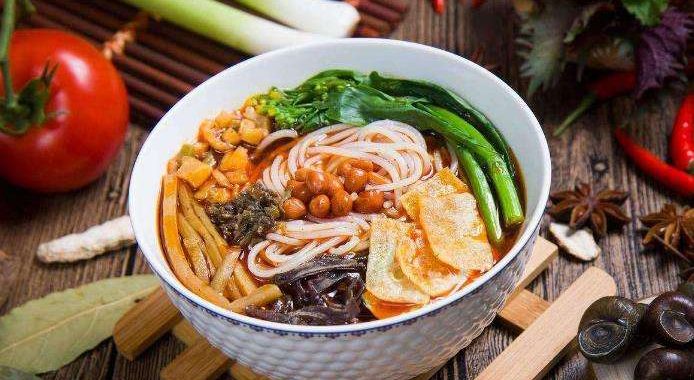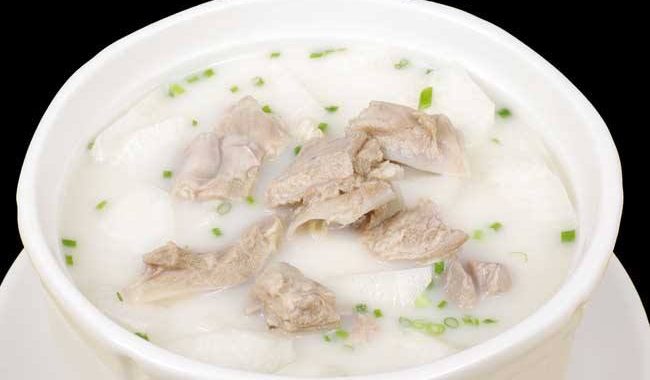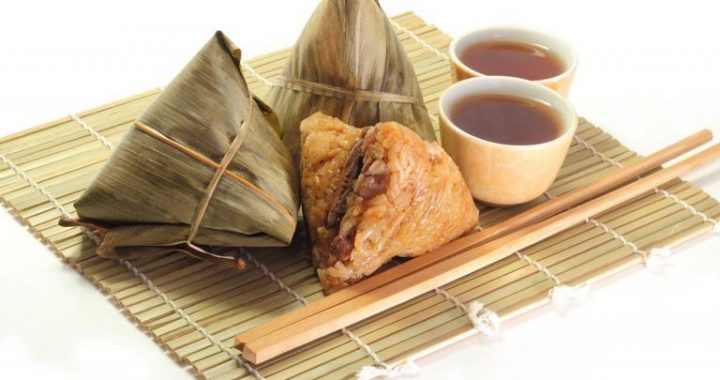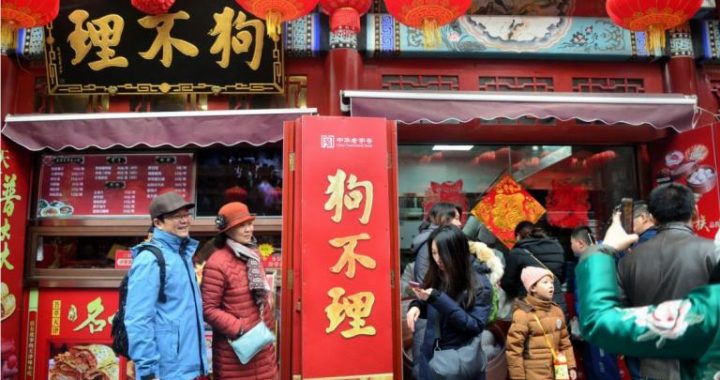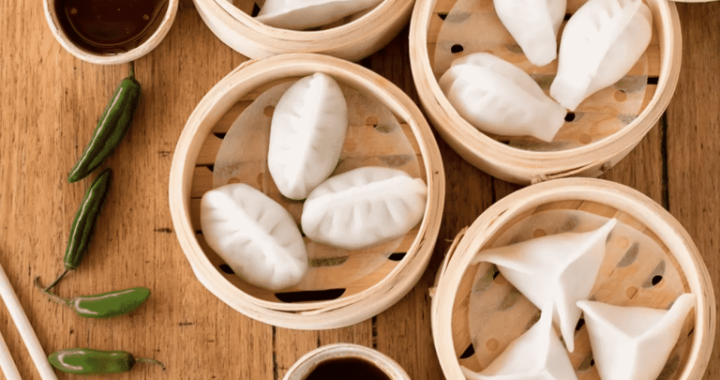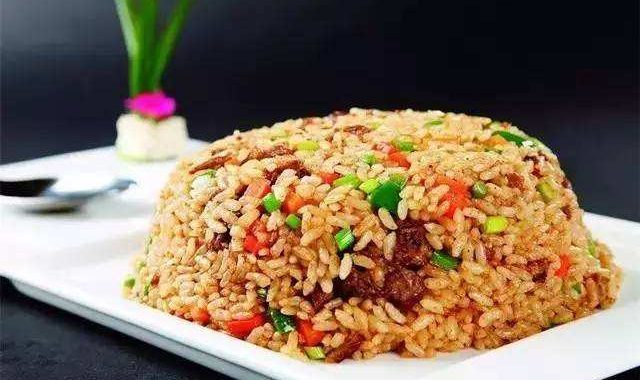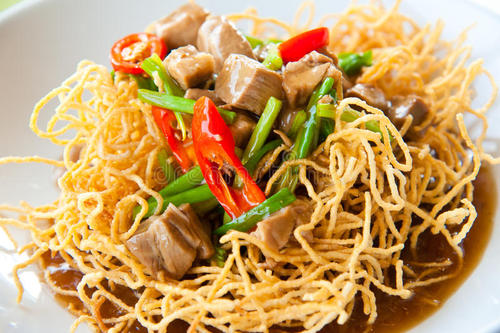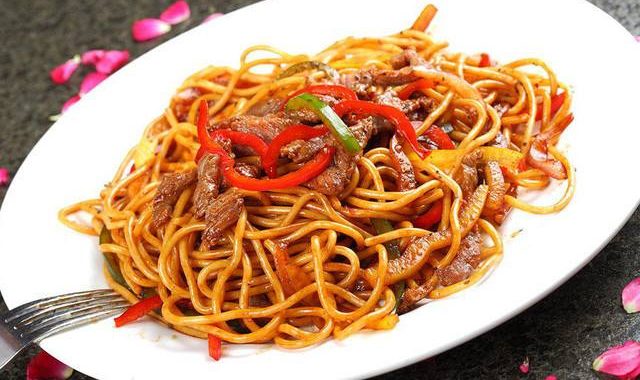The Uygur traditional food-naan
4 min readIn recent years, Xinjiang catering industry saw progress.
Over the years, Xinjiang specialty catering has been “kept in boudoir without known to the outside world”. In 2011, Xinjiang enrolled the speeding up of the development of catering industry in Xinjiang into the major livelihood projects, issued the Policy Measures on the Promotion of the Development of Xinjiang Characteristic Food and Beverage Industry, and decided to adopt targeted measures to explore, innovate and improve the overall level of Xinjiang characteristic food and beverage industry.
Since 2011, Xinjiang proposed to build a food and beverage market with distinctive national characteristics and exotic customs, to meet the diverse needs of local and foreign consumers. At the same time, they also promot the integration of raw material production, cooking, research, training, standard-setting process, and aim to build Xinjiang into Muslimfood base both at first-class in domestic and well-known abroad.

Samsa booth at the agricultural fairs
Pilaf
During the second China-Asia-Europe Expo it held the second session of the Xinjiang Muslim Food Festival, food and drink industry development forum, Xinjiang special food cooking competition, and built “Xinjiang Food City” and “Xinjiang Feature Food Cultural Industry Park” in Urumqi to create a “Eurasian cuisine style garden”.

McDonald’s, KFC and other Western fast food have been popular in large and medium-sized cities of China for years. A local brand named Best Food rose to the rival of fast food in Xinjiang. The biggest feature of Best Food is”Xinjiang flavor in the fast food”. Chicken pilaf, naan pizza, desert roast chicken Niya roast rice… Various foods with rich Xinjiang flavor are attracting more and more people Due to its distinguished flavor, Best Food has been affirmed by consumers in the five northwestern provinces. There are more than 90 sub- stores in Xinjiang, Gansu, Ningxia,xi’ an and other places nowadays. Best Food is also accelerating the pace towards the vast eastern markets, which will be one of the links for mainland people to know Xinjiang cuisine.
Like the Best Food, the naan of Xinjiang is introduced to the inland, and even the whole world.

Naan is the traditional cuisine of ethnic minorities in Xinjiang, like a wonderful flower booming in the wood of Xinjiang cuisine. Whether in urban or rural area one can buy the delicious naan everywhere. Abra and Sulaiman have become the famous brands, these two companies have set up many branches in Beijing, Shanghai, Shandong and other places,and their naan has also “spread”to the United States, Germany, Malaysia, Kyrgyzstan, and enjoyed great popularity there Currently, “Abra Naan” has 21 chain stores with 67 varieties. It will take a year to taste all the varieties even if you eat a different kind of naan every week. When I travelled in Shule County of Kashgar, I bought two boxes of naan in Abra as a friend requested, each box has five naans. I still remembered the day I went to buy naan, I waited in line for more than 20 minutes in the cold wind. I carried the two boxes of naans to the airport, through security, and then on the plane, the smell accompanied me all the way. When the friend got the naan from me, he cannot wait to broke off piece, put into the mouth, immediately, lips and teeth were filled with fragrant he was full of joy.
As the sally port and bellwether of Xinjiang specialty catering to the country, naan has been brought on the big stage of Urumqi Foreign Economic and Trade Fair in 2003, and favored by domestic and foreign businessme. The snakelike naan of Sulaiman Company attracted much attention of many visitors, and the history of”Abra naan”was also made into a television program by Abra Company.

Some interesting records in Xinjiang specialty catering history.
In October 2003, the world’s largest naan pit was built in the famous Grape Valley Scenic, Turpan City. The giant pit built on the hillside with the poplar wood is 8 meters high, 10 meters in diameter and secondary shaft of 40 meters long. The pit was made of clay from the Flaming Mountain with cattle and sheep hair, and straw according to combination of the folk naan pit structure of Uygur and the modern building technology. The whole pit is as large as a house.
This pit needs two tons of fine anthracite and 500 kg of Turpan vines and mulberry branches for operation, and the fire is quite fierce. On the day of its first operation, the masters of making naan “baked” a roasted lamb of 90 kg, together with a camel, two cows and ten sheep. In August 2009, in the 18Turpan Grape Festival, workmen baked two roasted whole calves of about 400 kilograms each with this pit.
The largest naan pit bakes the largest naan. The best food materials are the foundation for the most distinctive and most promising Xinjiang cuisine.
In the catering industry, there was once a saying about Xinjiang food, which says”The first-class raw materials, second-class processing third-class packaging, fourth-class price, and fifth-class brand”. In fact, more and more well-known Xinjiang food brands have appeared in recent years. Xinjiang people have realized the importance in spending time and effort in the food processing and packaging now.
